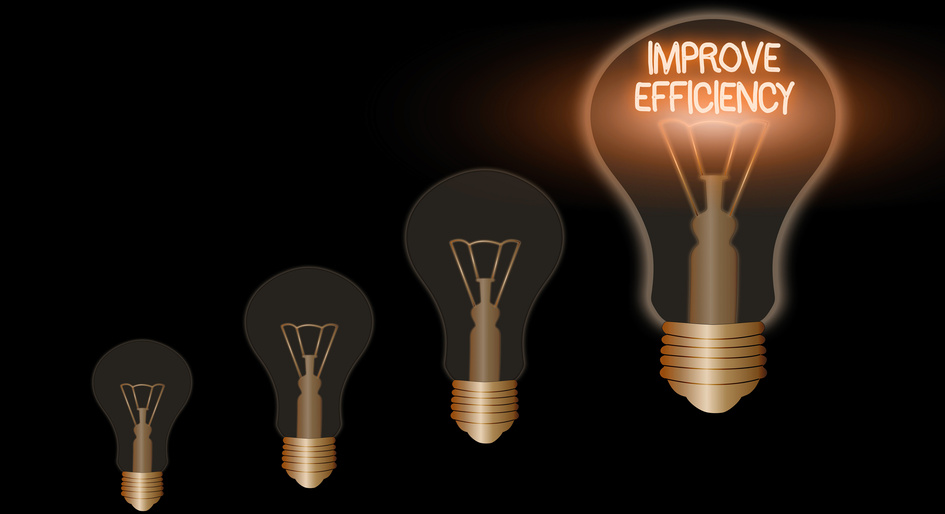Canada has signed on to a global effort to foster energy efficiency improvements. The pledge from 45 governments worldwide — including 43 nation states, the African Union and the European Commission — emerged last week during the International Energy Agency’s (IEA) global conference on energy efficiency in Versailles, France, and targets a 4 per cent annual reduction in energy intensity by 2030. That would apply across the buildings, transportation, industrial and agricultural sectors, and include electricity and fossil fuels.
This envisioned pace of progress is a significant leap from the 2.2 per cent year-over-year drop in energy intensity realized in 2022, demanding an estimated tripling of the current level of investment in energy efficiency. While worldwide spending is expected to total about USD $624 billion this year, IEA analysts calculate that yearly injections of more than USD $1.8 trillion will be required throughout the latter half of this decade to stay on track with goals for net-zero greenhouse gas (GHG) emissions by 2050.
An average 1.6 per cent annual reduction in energy intensity during the decade from 2011 to 2020 curbed output of carbon dioxide equivalent (CO2e) by 5.7 gigatonnes (Gt). When accounting for rising global population and GDP per capita, a 4.3 per cent average annual improvement in energy efficiency is projected to circumvent 10.6 Gt of emissions this decade. Even with an anticipated 3.3 per cent annual boost in global GDP throughout the 2020s, targeted energy efficiency improvements could trim 190 exajoules (EJ) of demand. In the IEA’s net-zero aspirations, this would be combined with a threefold expansion in renewable power capacity.
“It’s hard to overstate the importance of energy efficiency for strengthening energy security and keeping the goal of limiting global warming to 1.5 Celsius within sight so I’m delighted that countries from across the world are uniting around the IEA’s call to double energy efficiency progress by 2030,” observes Fatih Birol, the agency’s executive director.
Looking to where and how that is to be achieved, a briefing document for the global conference attendees highlights opportunities for private sector involvement and underscores governments’ key role in driving energy efficiency policies through directives and strategic stimuli. The U.S. Inflation Reduction Act, Japan’s Green Transformation Plan and upping of the European Union’s energy efficiency target are listed as leading proactive examples from 2022 and early 2023. Meanwhile, delivery of all IEA-member-countries’ existing energy efficiency commitments would translate into 137 EJ of demand reduction, requiring about USD $930 billion in annual investment to 2030.
“Ambitious actions should be taken by every country across all sectors, taking into consideration different starting points and national circumstances, to lead to an acceleration in overall global energy efficiency progress and to reduce energy demand, where possible,” the new pledge, dubbed the Versailles statement, urges.
The briefing document cites recent progress after something of a lull just prior to and during the COVID-19 pandemic. Last year saw rising sales of electric heat pumps and electric vehicles (EVs), with EVs further projected to account for 18 per cent of global automobile sales in 2023. A decline in sales of smart meters for first time in a decade is considered a positive indicator of nearly complete market saturation. Nevertheless, rising interest rates will likely erode some of the momentum. in the buildings sector this year.
“Global sales of energy management systems (EMS), enabled by digitalization, are expected to increase by over 17 per cent in 2023,” the briefing document states. “Investment in the electrification of transport is expected to continue increasing in 2023. However, investment in energy efficient buildings is likely to be constrained by the higher cost of capital.”
The Versailles statement calls on governments to implement policies to encourage: decarbonized heating sources; digital technology to better control building- and grid-level operations; and behaviour change among energy consumers. It acknowledges that “enabling regulatory frameworks” and vast investment will be needed to build the capacity to electrify transportation and building heating in step with the 2050 net-zero schedule, and also prioritizes protections for low-income consumers in both developed and developing countries.
The statement reiterates the recent G7 recognition of energy efficiency as the “first fuel” of the low-carbon transition and urges delegates to the upcoming 2023 United Nations Climate Change Conference (COP28) in Dubai, United Arab Emirates, to follow suit. Six of the G7 nations are signatories, with France absent from the list.









